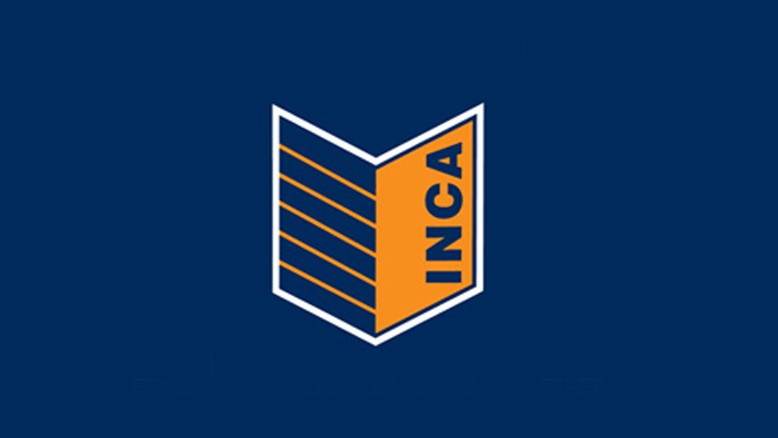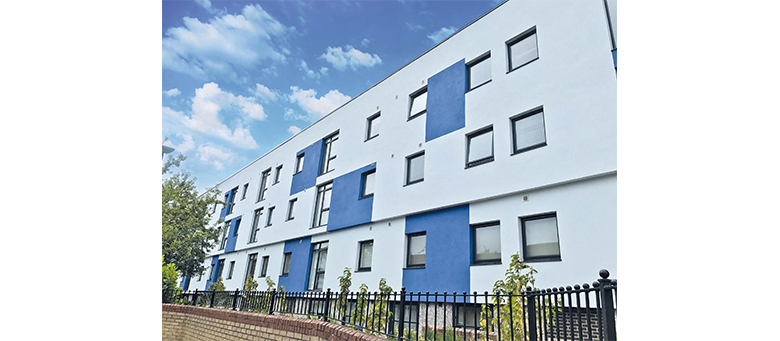External Wall Insulation (EWI)
EWI is used to augment the thermal insulation performance of existing external walls by improving their thermal resistance value.
EWI is the preferred method of insulating a solid wall property, refurbishing non-traditional housing or that which requires external repair work, or to improve a building that has severe heating problems. It should only be applied to walls that do not suffer from pre-existing rising damp.
An EWI ‘system’ comprises an insulation layer fixed to the outside of the wall and covered with a protective and decorative render, brick effect or cladding finish.
The insulation layer can be expanded polystyrene (EPS), phenolic foam or polyurethane foam boards; or mineral wool (MW) batts. A render finish is a cement based, mineral or synthetic base coat reinforced with mesh; and over-coated with a primer. A top coat render is then applied and finished to a smooth, textured, painted or pebble-dashed finish. Dry cladding includes timber boards and aluminium panels; whereas brick effect finishes can be stone or clay tiles or brick slips.
Benefits of EWI include improved protection of external walls against rain penetration to the inside, reduced heat loss, reduced CO2 emissions and lower heating/energy bills, reduced draughts through walls and around window frames, improved sound resistance and an enhanced appearance (i.e greater “kerb appeal”).
Warmer walls reduce the risk of condensation on internal wall surfaces and help with damp problems; and increase a property’s energy efficiency (EPC) rating.
EWI will change the external appearance of a property. In most cases planning permission or consent from local council planning authority is needed before undertaking any work. EWI must be installed in accordance with the national Building Regulations. The reaction to fire classification of EWI (which is largely determined by the materials selected for use) may restrict its use in terms of location and height.
Prior to installation each property to be treated must be surveyed to establish suitability, as incorrect treatment can be detrimental the building fabric in the longer term. Where appropriate, a condensation risk analysis must be undertaken by a competent specialist. If the ‘dew point’ will occur between the wall and the insulation, or within the insulation itself, a vapour barrier must be included between the wall and the insulation.
The project specific choice of EWI is determined by the existing wall type. For example, solid stone walls may be breathable and allow moisture to penetrate a little and be evaporated away. Using a breathable MW insulation with a breathable non-acrylic external render or other finish will allow the wall to maintain its breathability.
Solid brick walls may be impermeable to moisture penetration and non-breathable. Any rigid foam insulation will suit such a wall.
Window trickle vents and extract fans in high humidity areas need to be installed to meet room space ventilation requirements.
As with all property fabric related work, a high standard of installation is required. Poor detailing e.g. around eaves, allows water to pass behind the insulation where it can become trapped and cause hidden damage to the property in the longer term.
Simon Lloyd is Technical Project Manager working for Kiwa Building Products on construction Product and Systems for 3rd party certification with regard to fitness for purpose.
For more information please visit www.kiwa.com









Leave a Reply
Want to join the discussion?Feel free to contribute!